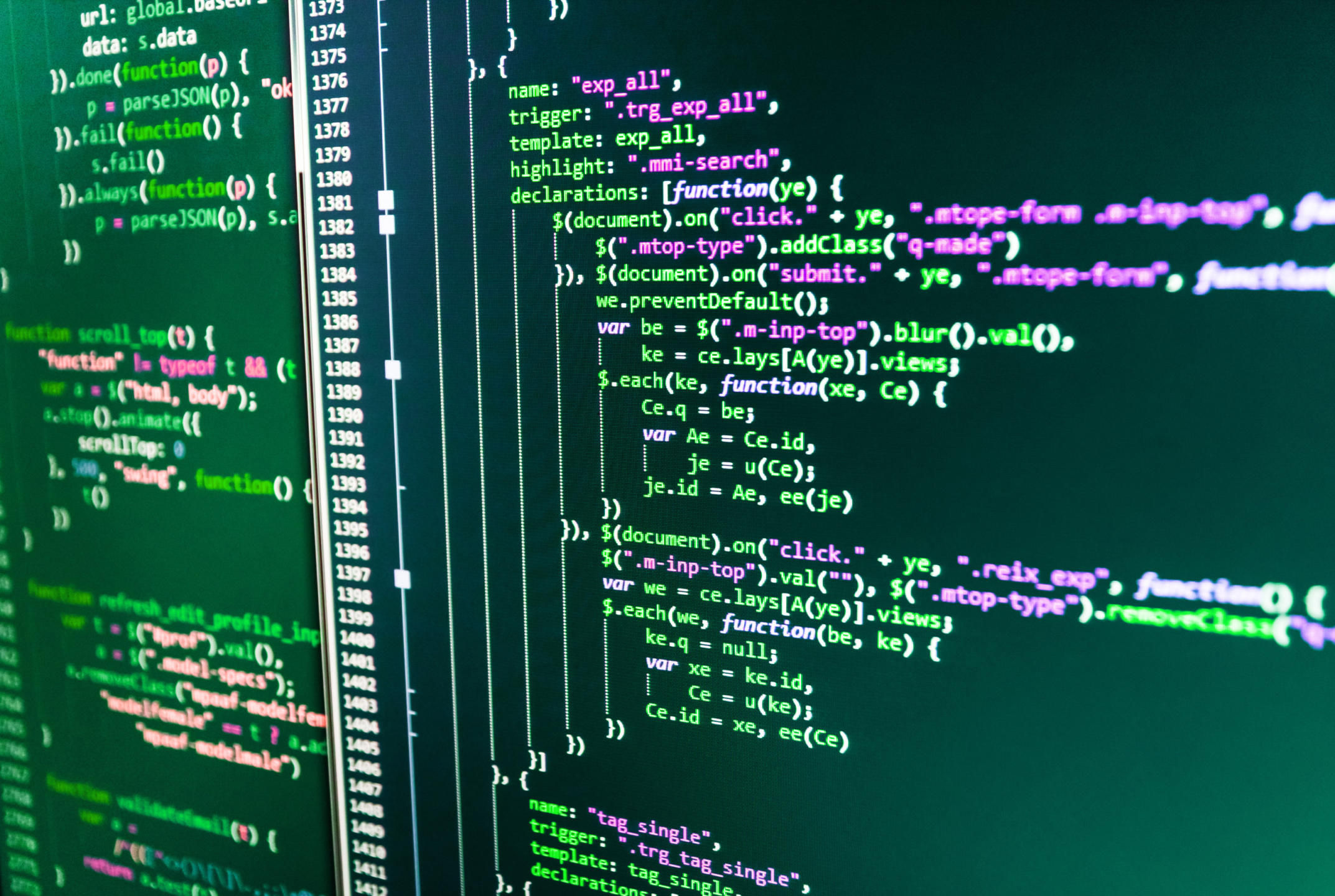Python, one of the most versatile and widely used programming languages today, has gained immense popularity for its simplicity and flexibility. Whether you’re a beginner or an experienced programmer, Python offers a wealth of opportunities for various applications, from web development to data analysis and artificial intelligence. In this comprehensive guide, we’ll take you through the fundamentals of Python programming, exploring its syntax, data structures, functions, and more. Let’s embark on a journey to master Python and unleash its full potential.
Getting Started with Python
Understanding Python: An Overview
Python is a high-level, interpreted programming language known for its simple and elegant syntax. It was created by Guido van Rossum and first released in 1991. Python emphasizes readability and ease of use, making it an ideal language for beginners and experienced developers alike.
Setting Up Your Python Environment
Before diving into Python programming, you need to set up your development environment. Fortunately, Python is available for all major operating systems, including Windows, macOS, and Linux. You can download the latest version of Python from the official website (python.org) and follow the installation instructions.
Writing Your First Python Program
Once you’ve installed Python, you can start writing your first Python program. Python scripts are plain text files with a .py extension. You can use any text editor or integrated development environment (IDE) to write Python code. Let’s create a simple “Hello, World!” program to get started:
print("Hello, World!")
Exploring Python’s Interactive Mode
Python also comes with an interactive mode interpreter, which allows you to execute Python code interactively. You can launch the Python interpreter by typing python or python3 in your command-line interface. This interactive mode is useful for testing small code snippets and experimenting with Python features.
Using Python for Simple Calculations
Python can be used as a powerful calculator for performing simple arithmetic calculations. You can use Python’s arithmetic operators (+, -, *, /) to perform addition, subtraction, multiplication, and division operations. Additionally, Python supports other mathematical functions and operators for advanced calculations. Also, read Improve Your Digital Marketing Strategies With Localization
Python Syntax: Readability and Simplicity
One of Python’s defining features is its clean and readable syntax. Python uses indentation to define code blocks, eliminating the need for curly braces or semicolons. This makes Python code easy to read and understand, even for beginners.
Variables and Data Types in Python
In Python, variables are used to store data values. Unlike some other programming languages, Python uses dynamic typing, which means you don’t need to declare the data type of a variable explicitly. Python automatically determines the data type based on the value assigned to the variable.
Working with Numbers and Strings
Python supports various data types, including integers, floats, strings, booleans, and more. You can perform arithmetic operations on numbers and manipulate strings using built-in methods and operators.
Understanding Python’s Dynamic Typing
Python’s dynamic typing allows for flexibility and ease of use. You can assign different types of values to the same variable without explicitly specifying the data type. This makes Python code more concise and adaptable to different scenarios.
Variable Naming Conventions
When naming variables in Python, it’s essential to follow naming conventions to ensure clarity and consistency in your code. Variable names should be descriptive, meaningful, and follow a lowercase_with_underscores naming convention.
Control Flow and Decision Making
Conditional Statements: if, elif, else
Conditional statements allow you to control the flow of your Python programs based on certain conditions. The if, elif (else if), and else keywords are used to execute different blocks of code depending on the evaluation of conditions.
Logical Operators: and, or, not
Python provides logical operators (and, or, not) to combine multiple conditions in conditional statements. These operators allow for more complex conditionals by evaluating multiple expressions.
Using Loops in Python: for and while
Loops are used to iterate over sequences or perform repetitive tasks in Python. The for loop is commonly used to iterate over lists, tuples, and other iterable objects, while the while loop is used to execute a block of code repeatedly as long as a condition is true.
Loop Control Statements: break, continue
Python provides loop control statements (break and continue) to alter the flow of loops. The break statement terminates the loop prematurely, while the continue statement skips the current iteration and continues to the next iteration of the loop.
Practical Examples: Iterating Through Lists and Dictionaries
Let’s explore some practical examples of using loops in Python. We’ll iterate through lists, tuples, and dictionaries to demonstrate how loops can be used to process data efficiently.
Python Functions: Reusability and Modularity
Defining Functions in Python
Functions are reusable blocks of code that perform a specific task. In Python, you can define functions using the def keyword followed by the function name and parameters. Functions help modularize your code and promote code reuse.
Parameters and Arguments
Functions in Python can accept parameters, which are variables passed to the function when it’s called. You can define default parameter values and use keyword arguments to make function calls more flexible.
Returning Values from Functions
Functions can return values using the return statement. You can return single values, multiple values (as tuples), or even complex data structures like lists or dictionaries from functions.
Scope and Lifetime of Variables
Variables in Python have a scope, which determines where in the code they can be accessed, and a lifetime, which determines how long they persist in memory. Understanding variable scope is crucial for writing maintainable and bug-free code.
Recursive Functions: Solving Problems with Recursion
Recursive functions are functions that call themselves to solve smaller instances of the same problem. Recursion is a powerful technique used in algorithm design and can simplify code for certain types of problems.
Working with Data Structures
Lists: Ordered Collections in Python
Lists are one of the most commonly used data structures in Python. They are ordered collections of items, which can be of different data types. Lists are mutable, meaning you can change their elements after they’ve been created.
Tuples: Immutable Data Structures
Tuples are similar to lists but are immutable, meaning their elements cannot be changed after creation. Tuples are commonly used to represent fixed collections of items, such as coordinates or database records.
Dictionaries: Key-Value Pairs
Dictionaries are unordered collections of key-value pairs. They allow for fast lookup and retrieval of values based on keys. Dictionaries are versatile data structures used in various applications, such as storing configuration settings or organizing data.
Sets: Unordered Collections of Unique Elements
Sets are unordered collections of unique elements. They are useful for removing duplicates from lists, performing set operations (union, intersection, difference), and testing membership.
Common Operations and Methods for Data Structures
Python provides a rich set of built-in functions and methods for working with data structures. These include functions for adding, removing, and modifying elements, as well as methods for sorting, searching, and iterating over data structures.
File Handling and Input/Output Operations
Reading from and Writing to Files
File handling is essential for reading data from external sources, such as text files, and writing data to files for persistence or sharing. Python provides built


